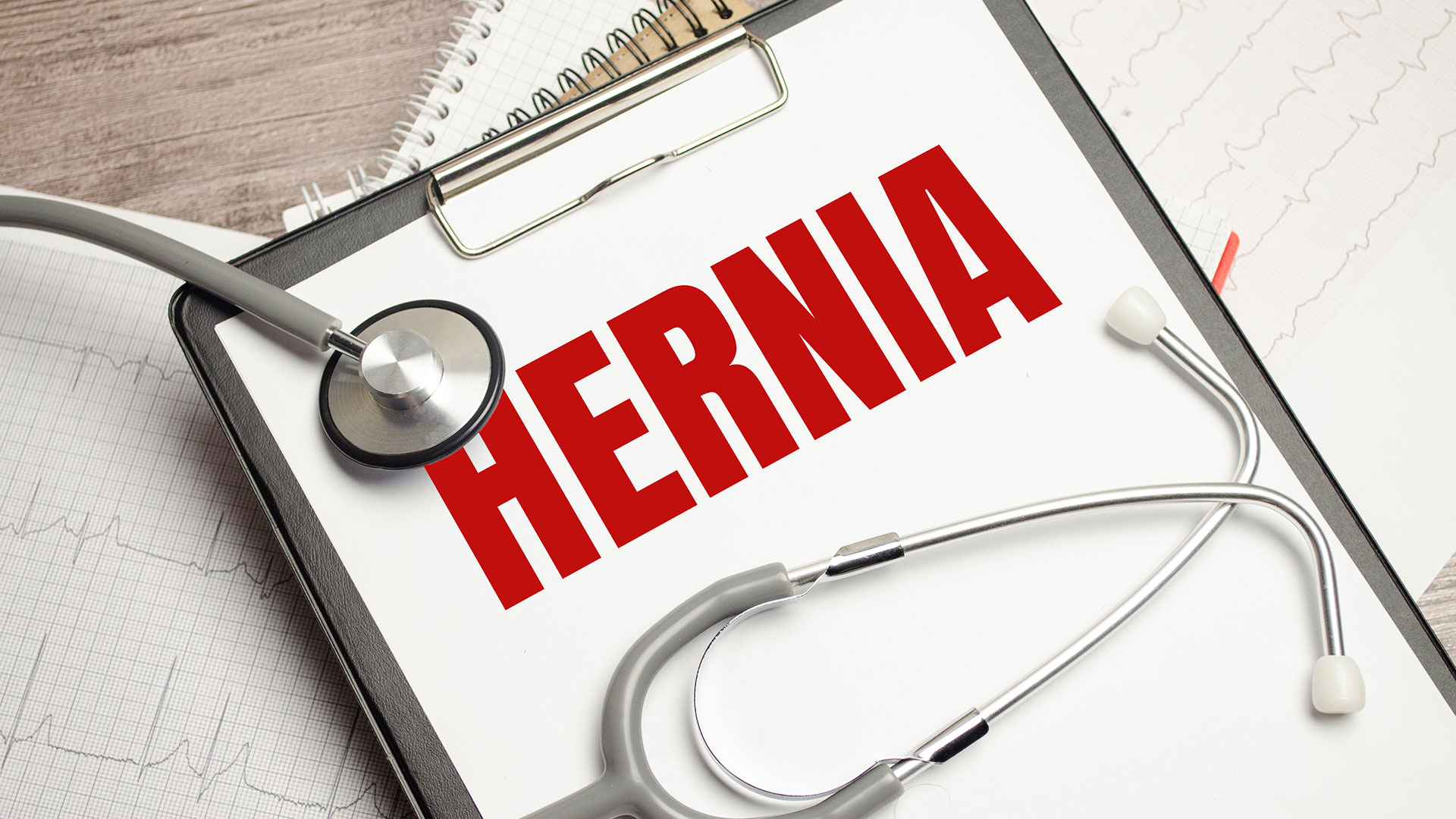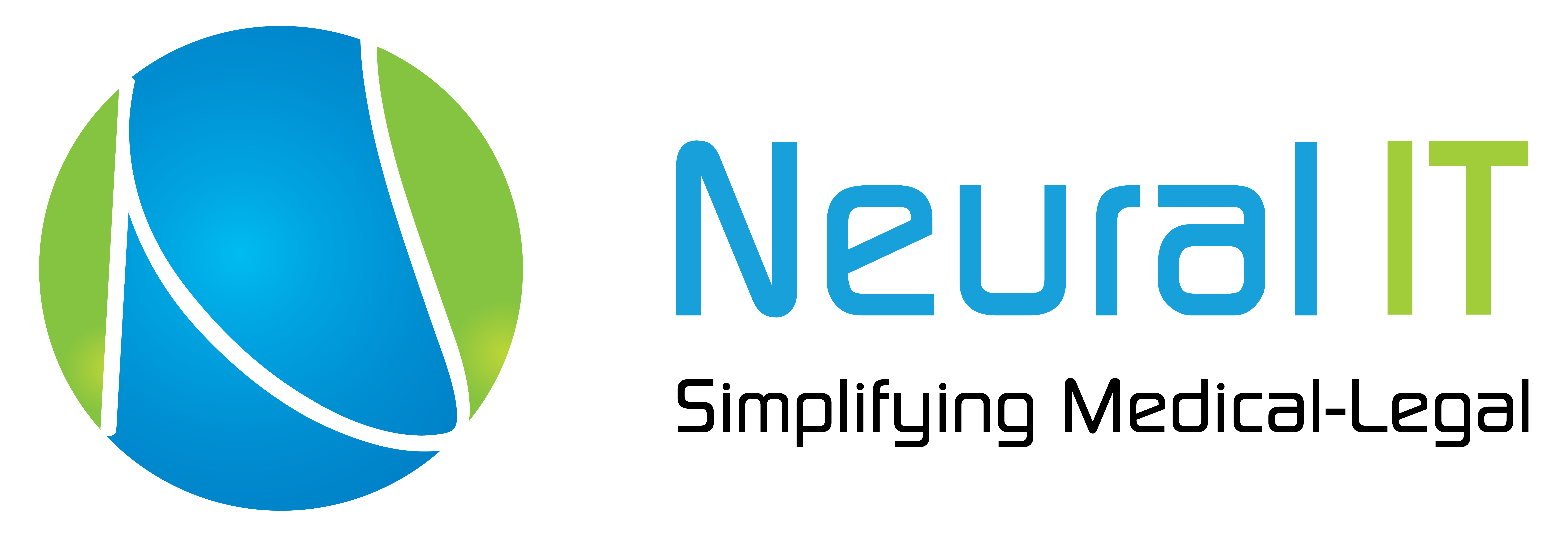Weekly Mass Torts Bulletin 2022-November-21
Judge To Meet Hernia Mesh MDL's Lawyers For 2023 Trial

The United States District Judge presiding over all federal hernia mesh lawsuits involving Bard products will meet with lawyers involved in the litigation next week as preparations for a third and fourth bellwether trial, which are expected to have a significant impact on ongoing settlement talks to resolve thousands of claims.
Nearly 18,000 product liability lawsuits are currently pending in a Bard hernia mesh MDL (multidistrict litigation) centralised before a U.S. District Judge in the Southern District of Ohio, alleging that plaintiffs suffered painful complications as a result of design defects associated with certain polypropylene mesh products sold in recent years, including Bard Ventralex, Bard Ventralight, Bard Perfix, Bard 3DMax, and other systems.
While the parties made some progress last year in negotiating Bard hernia mesh settlements to resolve some state court claims in Rhode Island, after mixed results in the first two federal trials held before the judge, preparations for a third and fourth bellwether trial have resumed, which will be closely watched to provide additional information about how juries may respond to certain evidence and testimony that will be repeated throughout the claims.
However, as the litigation progresses, Bard hernia mesh lawyers continue to file new lawsuits on behalf of individuals who discover their hernia mesh has failed, and the number of claims pending throughout the federal court system has more than doubled from just over 8,000 claims in June 2021 to 17,954 lawsuits pending, according to a November 2022 update issued by the United States Judicial Panel on Multidistrict Litigation (JPML).
Although the outcomes of early bellwether trials are not binding on claims brought by other plaintiffs, Bard hernia mesh lawyers involved in the litigation are keeping a close eye on them.
The results of the first two early trials in the Bard hernia mesh MDL were mixed, with the manufacturer securing a defence verdict in the first trial in August 2021 and being hit with a $255k verdict in the second trial in April 2022. However, two more cases are scheduled to go before juries next year.
One Bard hernia mesh lawsuit in Rhode Island state court resulted in a $4.8 million verdict in August 2022, sending a clear signal to the manufacturer about the extent of liability it may face if settlements are not reached and thousands of individual claims go before juries across the country.
The judge overseeing the MDL outlined the pre-trial schedule leading up to the third bellweather trial, which is scheduled to begin in February 2023, in a case management order issued on November 9.
The trial will begin on February 21, 2023, and will last four weeks, with four trial days in the first and third weeks and five trial days in the second and fourth weeks, according to the order. The order also directs the parties to submit to the court a revised proposed scheduling order for the fourth bellwether trial to reflect date changes and other issues discussed at a case management conference on November 4.
Study Finds Vaping Results In Long-term Addiction

Although the makers of JUUL and other popular e-cigarettes have marketed their products as safer than smoking tobacco cigarettes, a new study suggests that vaping actually increases the risk of long-term addiction, particularly among teenagers.
Researchers report in a medical journal this month that while e-cigarettes expose users to lower levels of certain cancer-causing toxins, vaping doubles the amount of nicotine metabolites, which are the substances produced when the body breaks down nicotine, increasing the risk of addiction.
Researchers from the University of Nebraska Medical Center in Omaha examined data from the Population Assessment of Tobacco and Health, a nationally representative study of tobacco use, examining data from 16,393 smokers, 1,240 people who used nicotine-containing e-cigarettes, and 197 people who used nicotine-free e-cigarettes.
People who vaped nicotine were more likely to vape every day, according to the findings. They were also more likely to take 16 puffs, compared to three for those who vaped non-nicotine.
Tobacco nitrosamines and nicotine metabolites in the urine are both biomarkers of exposure to tobacco-related toxins linked to addiction and cancer risk. These two factors were measured in users by researchers.
Among vapers who used nicotine, the metabolites doubled over six years. This is especially problematic, as it is a marker of addiction. This is unsurprising, as prior research has shown JUUL brand e-cigarettes, arguably the catalyst for the teen vaping epidemic was designed to be as addictive as smoking cigarettes.
Following years of specifically targeting their products towards teens and prior non-smokers, thousands of JUUL vaping addiction lawsuits are now being pursued by families and young adults throughout the U.S., alleging that the company failed to warn about the dangers associated with the product, resulting in another generation of Americans addicted to nicotine.
Despite the high risk of addiction among e-cigarette users, particularly teens, data from this new study show that e-cigarette users had lower nicotine exposure than tobacco cigarette smokers. NNAL (4-methylnitrosamino-1-3-pyridyl-1 butanol), a metabolite of a tobacco-related carcinogen, was found to be lower in e-cigarette users than in tobacco smokers throughout the study period, and the levels remained stable over time.
In 2016-2018, the average NNAL level was 5.1 pg/mg creatinine for nicotine e-cigarette users, 3.8 pg/mg for non-nicotine vapers, and 218.3 pg/mg for tobacco smokers.
According to new data from the Centers for Disease Control and Prevention (CDC), more than 3 million middle and high school students in the United States currently use tobacco. E-cigarettes remain the most popular form of tobacco use among young people.
Furthermore, students who had poor grades, experienced psychological distress, or identified as LGBTQ+ reported higher levels of tobacco use, according to the CDC study.
Overall, the study concluded two key points: vaping may be better for nicotine users than smoking cigarettes because it reduces cancer-related toxin exposure. However, vaping greatly increases the risk of addiction for users, and over a lifetime of use, especially given that the health risks of vaping may not be apparent for decades, it may lead to elevated levels of toxins.
FDA Issues Order To Authorize Naloxone Sale

The Food and Drug Administration (FDA) has issued a notice that could help increase access to opioid overdose-reversing naloxone drug products without a prescription, paving the way for more of them to be available over the counter.
According to the FDA commissioner, the agency will maintain overdose prevention and reduction in substance use disorders as a key priority and area of intense strategic focus for action as soon as possible.
Naloxone is available in all 50 states, and many states have laws that allow pharmacists to dispense naloxone without a prescription, according to the CDC. Naloxone may also be distributed through community-based programmes and syringe exchange services.
When given to an overdosing person in a timely manner, naloxone blocks opiate receptors in the nervous system and rapidly reverses opioid overdoses. According to preliminary data from the Centers for Disease Control and Prevention, more than 107,000 Americans died from an overdose in 2021. Approximately 75% of those overdoses were caused by opioids, such as heroin and fentanyl.
While the assessment is a step forward, it is not a final determination that certain naloxone products are safe and effective for nonprescription use, nor does it require that naloxone products be made available for purchase over the counter immediately. The FDA will make the final decision based on additional data that would normally be included in an application for a proposed nonprescription naloxone product.
This is just one of many steps taken in recent years by the FDA and other public health agencies to combat the nation's overdose crisis. The FDA has established the FDA Overdose Prevention Framework, which aims to take effective, innovative steps to prevent drug overdoses and deaths.
In addition to the FDA's push to make naloxone more widely available, the CDC has advocated for testing strips, a harm reduction tool that allows drug users to check for the presence of fentanyl in their substances. According to preliminary CDC data, fentanyl was present in more than 71,000 overdose deaths in 2021.
Other solutions to reduce overdose deaths are being tested at the state and local levels across the country. New York City opened the country's first legal supervised injection site in late 2021, where people who use drugs can do so in a clean environment with medical staff on hand to administer naloxone or other medications if needed. Colorado and Massachusetts have both considered similar sites.
Walmart Agreed To Pay $3.1B To Settle Opioid Lawsuits

Walmart has become the latest major player in the drug industry to announce a plan to settle lawsuits filed by state and local governments across the US over the toll of powerful prescription opioids sold at its pharmacies.
The $3.1 billion proposal comes on the heels of similar announcements from the two largest U.S. pharmacy chains, CVS Health and Walgreen Co., both of which said they would pay around $5 billion.
Walmart, based in Bentonville, Arkansas, said in a statement that it "strongly disputes" allegations in state and local government lawsuits that its pharmacies improperly filled prescriptions for the powerful prescription painkillers. With the settlement plan, the company does not admit liability.
According to a press release from the New York Attorney General, the company must comply with oversight measures, prevent fraudulent prescriptions, and flag suspicious ones. If the settlement is finalized, the company will pay the majority of the settlement over the next year, according to lawyers representing local governments.
The agreements were reached through negotiations with a group of state attorneys general, but they are not final. Before the CVS and Walgreens deals could be finalized, a critical mass of state and local governments would have to approve them. Walmart's plan would require approval from 43 states. The formal procedure has yet to begin.
The national pharmacies join some of the largest drugmakers and distributors in settling complex lawsuits stemming from their alleged roles in an opioid overdose epidemic that has resulted in more than 500,000 deaths in the United States over the last two decades.
In recent years, proposed and finalized settlements totaled more than $50 billion, the majority of which will be used by governments to combat the crisis.
The majority of fatal opioid overdoses in the 2000s involved prescription drugs such as OxyContin and generic oxycodone. After governments, doctors, and corporations took steps to make them more difficult to obtain, drug addicts increasingly turned to heroin, which proved more lethal.
In recent years, opioid deaths have reached record highs of around 80,000 per year. The majority of those deaths are the result of an illicitly produced version of the powerful lab-made drug fentanyl, which is becoming more prevalent in the illegal drug supply in the United States.

